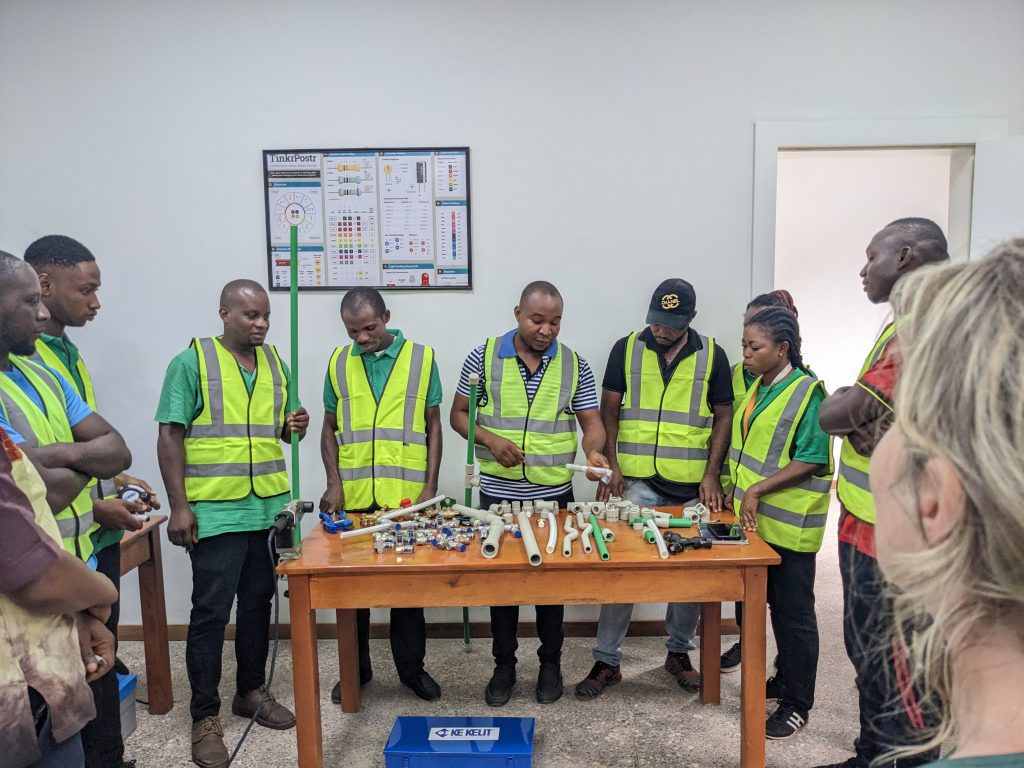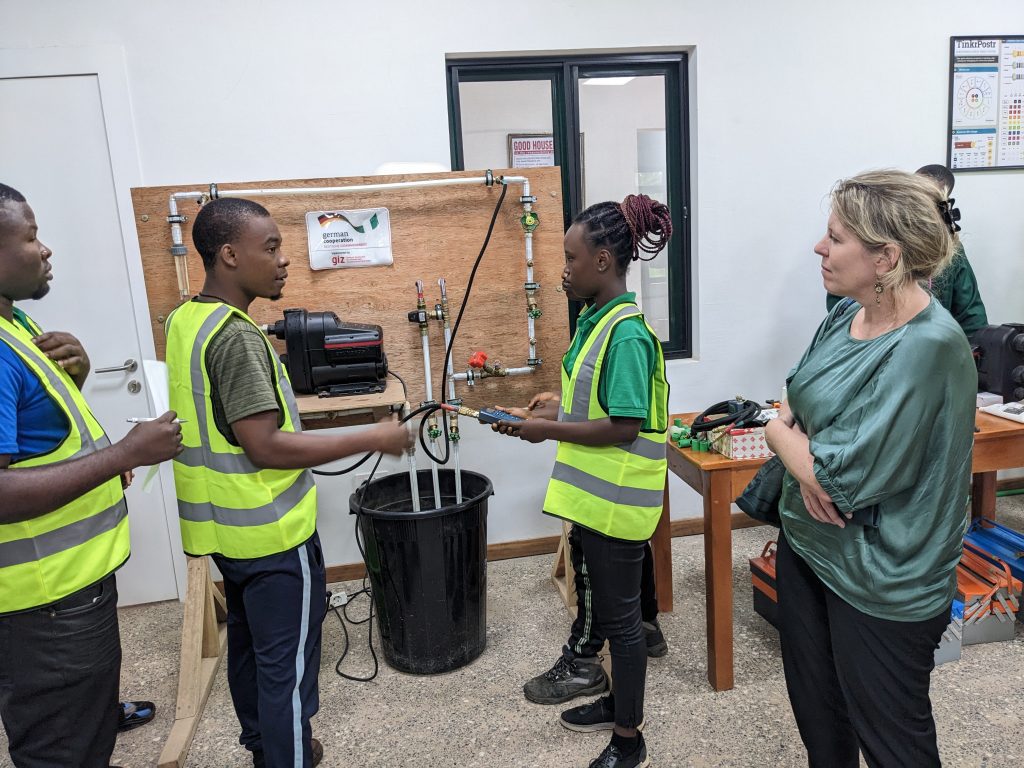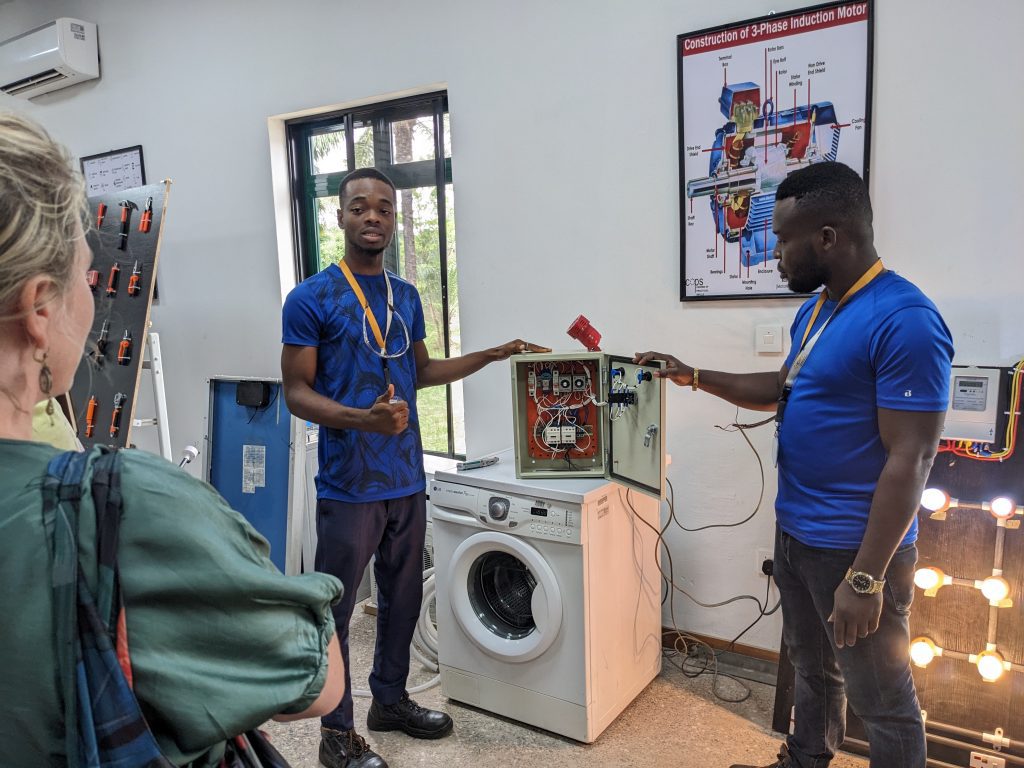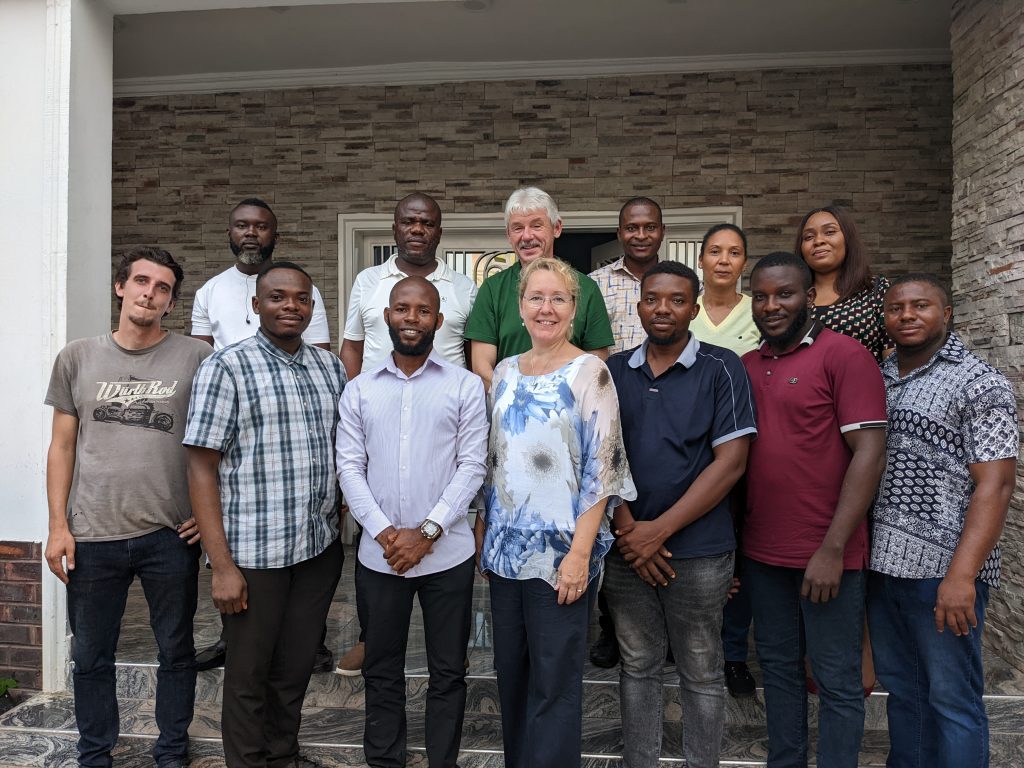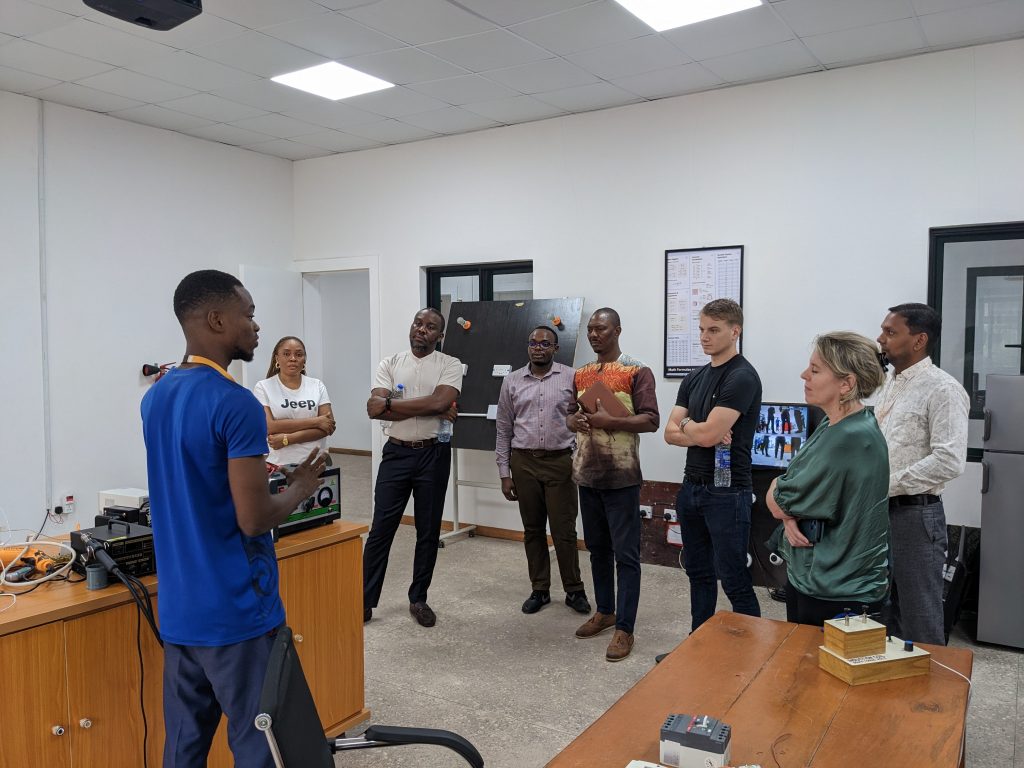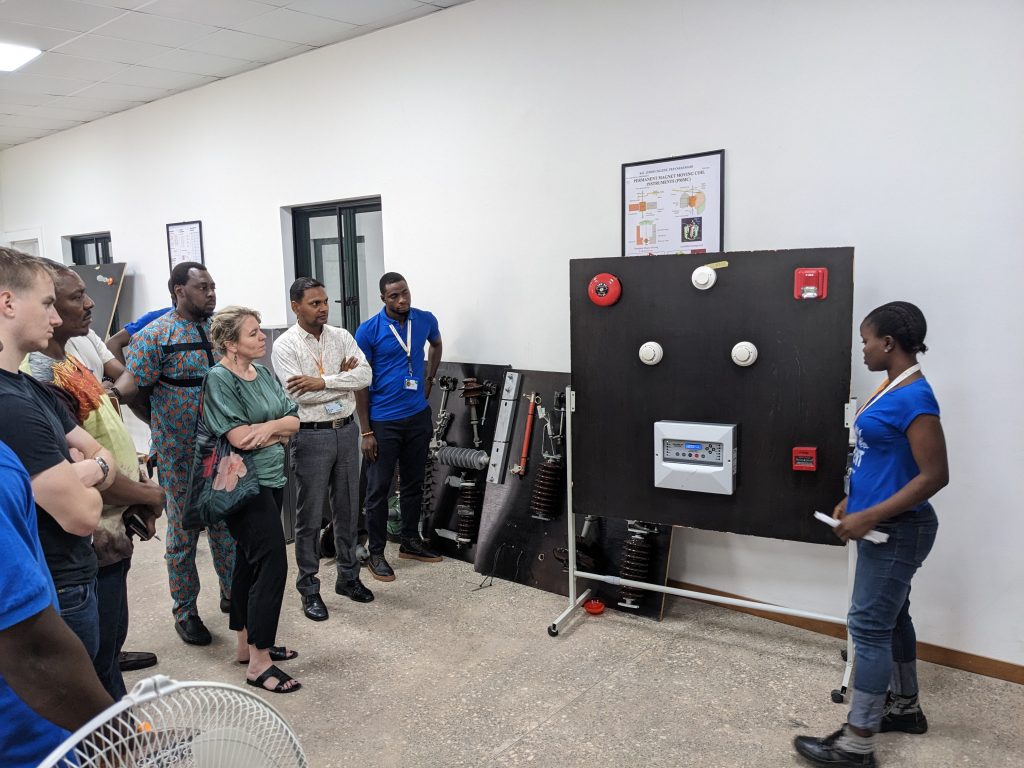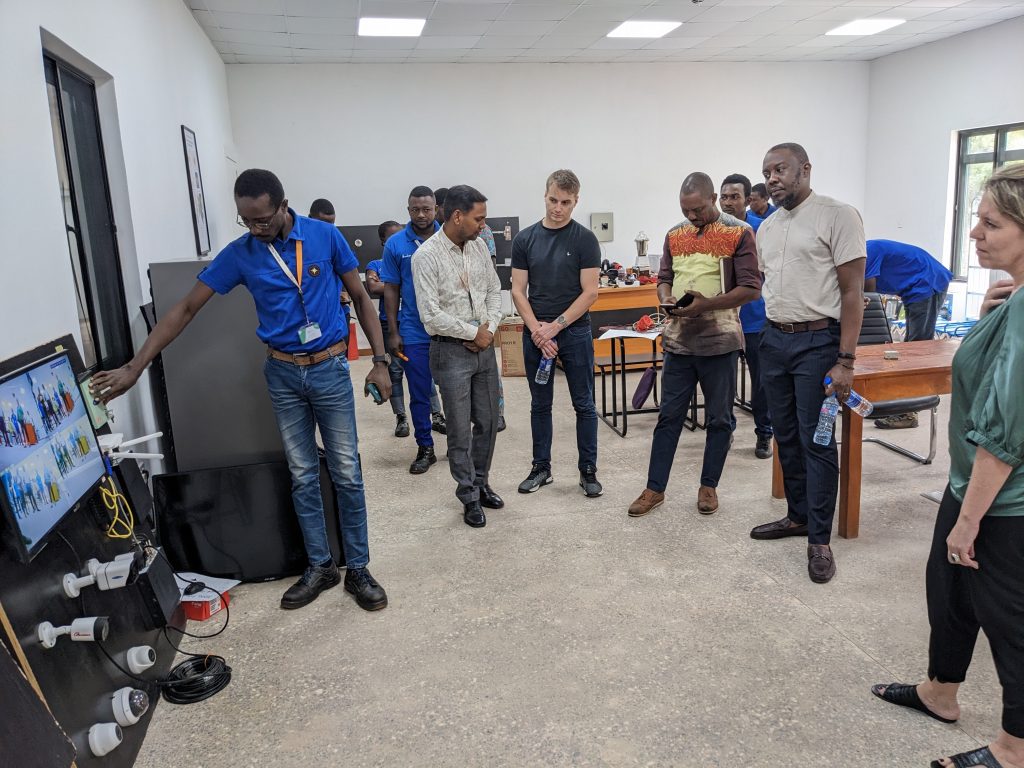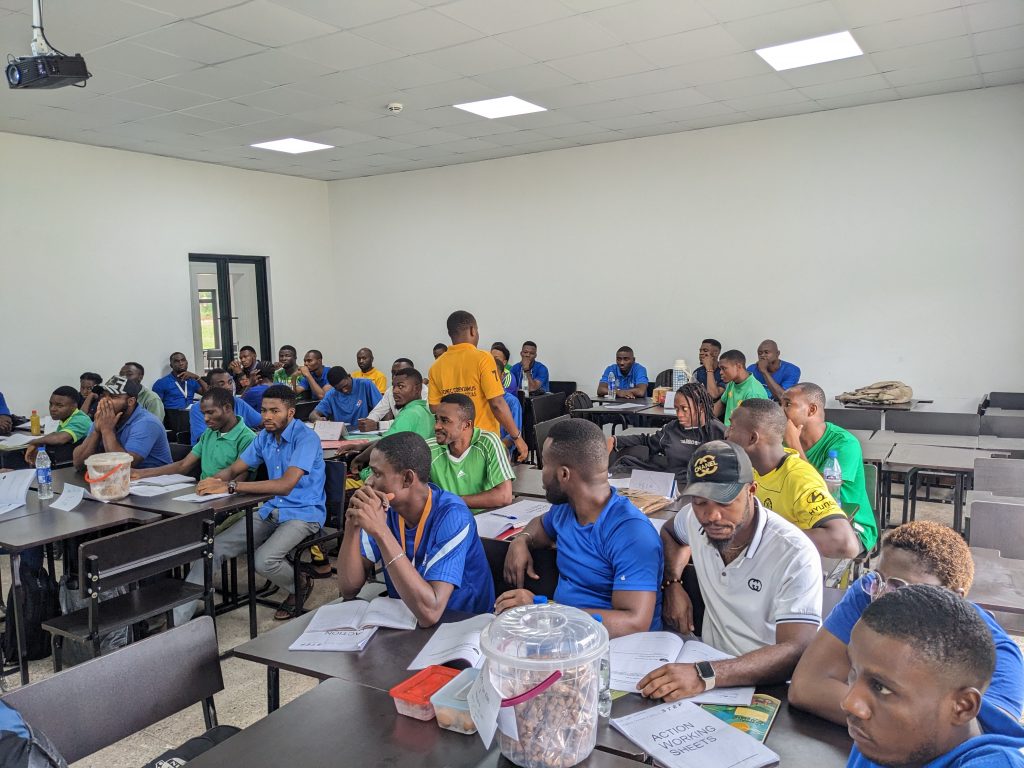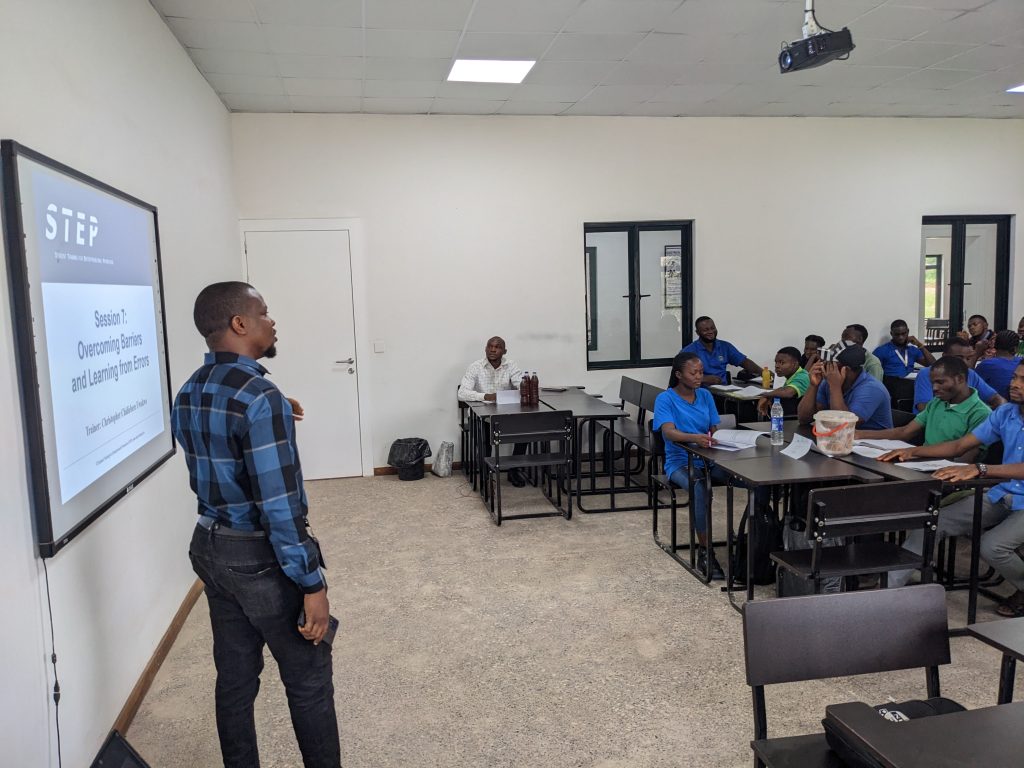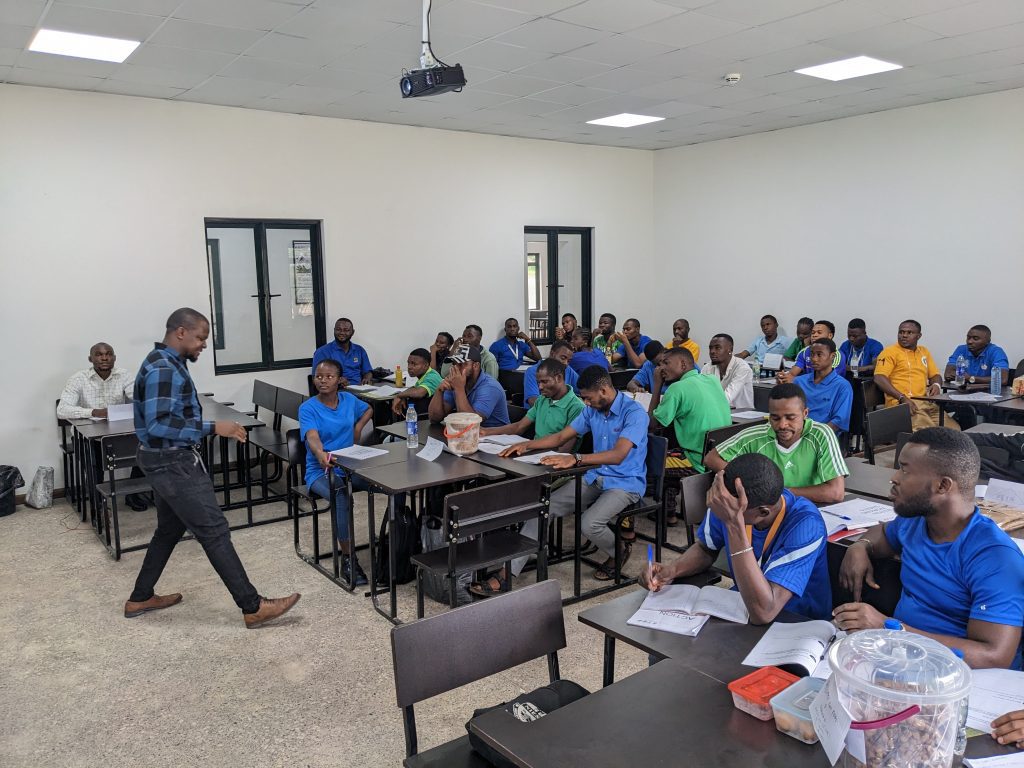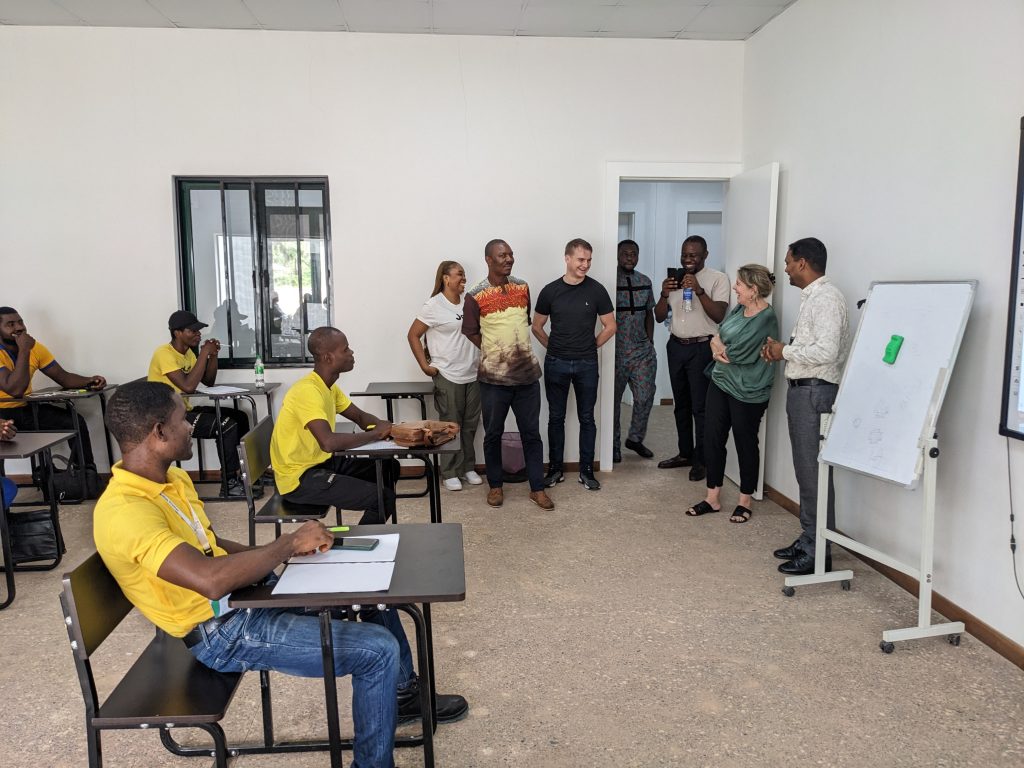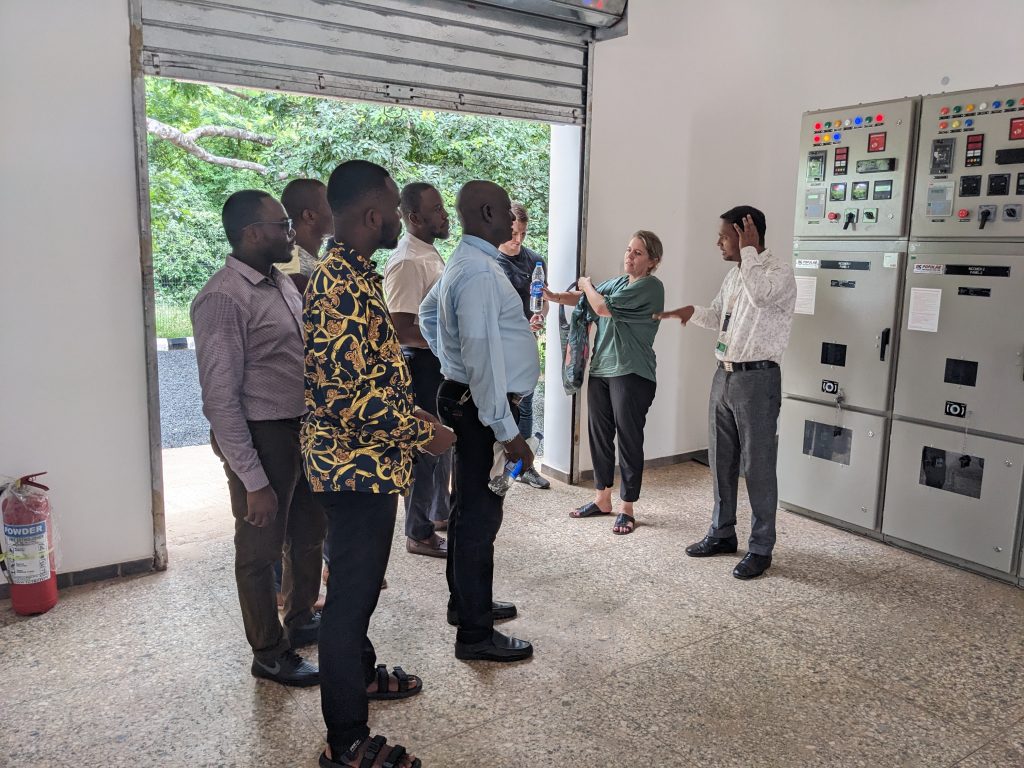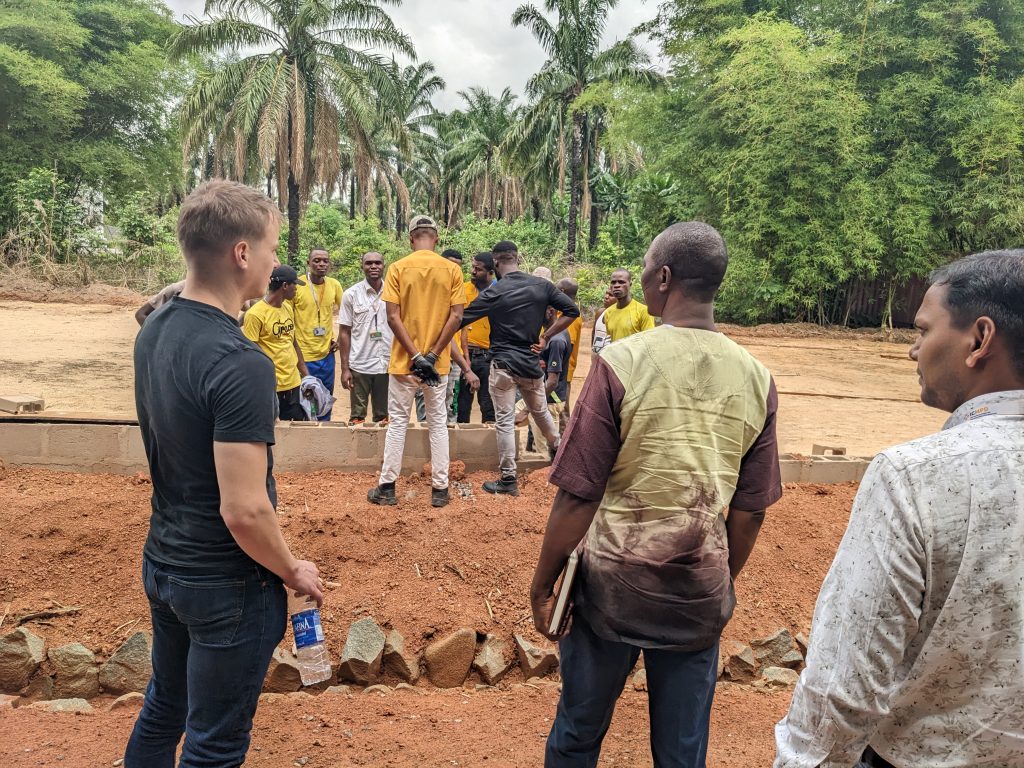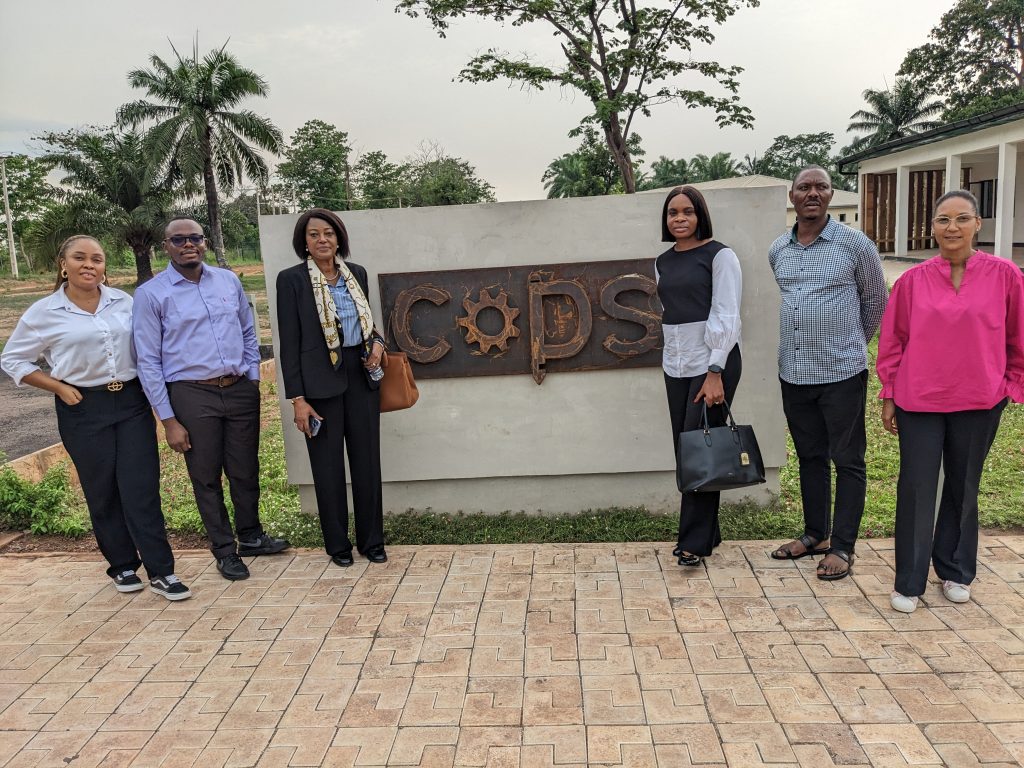
This week on STEP @CoPS. Week of 12/04/2023
Sessions Five and Six (Managing Finances I and II) are very important aspects of any business. It is the oxygen that enables a business to survive. It is also very important for the development of businesses and it helps an entrepreneur to organize and evaluate his or her business in other to achieve maximum profit which is the target goal:

The teaching of Managing Finances I & II exposed the students to:
- Learn how to evaluate whether their businesses are healthy or not and how to handle their resources effectively;
- Learn how to keep track of their businesses through effective Book Keeping;
- Learn how to manage their Working Capital such as their Current Assets and Current Liabilities;
- Manage their resources effectively which includes Cash, Inventories and Debtors;
- Manage their liabilities such as Creditors;
- Learn how to evaluate their Long Term Investments through the calculation of the Payback Period;
- Learn more about Capital Budgeting and How to Prepare a Budget.



Managing finance not only teaches the student how to calculate working capital but also learn how to reinvest the working capital to generate extra returns by the working capital cycle. It is a merry-go-round that never ends. From cash → raw material→ production process→ finished product→ cash. Furthermore, students are taught how to monitor the progress of their business by taking records of the day-to-day business financial report i.e. bookkeeping. Through these processes, the student is to know if their business is progressing or heading to a ditch. With the knowledge of managing finances, the students learn the important four (4) bookkeeping and how to manage cash, inventories, debtors, and creditors, working capital, and capital budgeting.
STUDENTS’ PARTICIPATION



The enthusiasm and resilient spirit of the students were commendable. The students were relaxed, listened attentively, were eager to learn and participated fully in the classroom discussions and activities.



The training was successfully taught with practical examples from experiences from different business groups and from real-life experiences. KIPLAC BUSINESS (IN GROUP ONE) seemed to be the most efficient, coordinated and hardworking group from my own point of view.



Generally, the students did well in their different groups and businesses. The zeal and commitment observed by some students are quite impressive and encouraging. This can be seen in their attitude towards STEP and the way they go about marketing their businesses and products. I was also able to direct the students and ensured they did the necessary class activities in their Action Worksheet.




